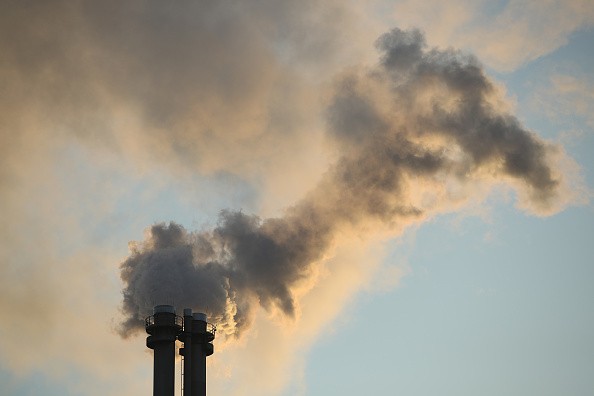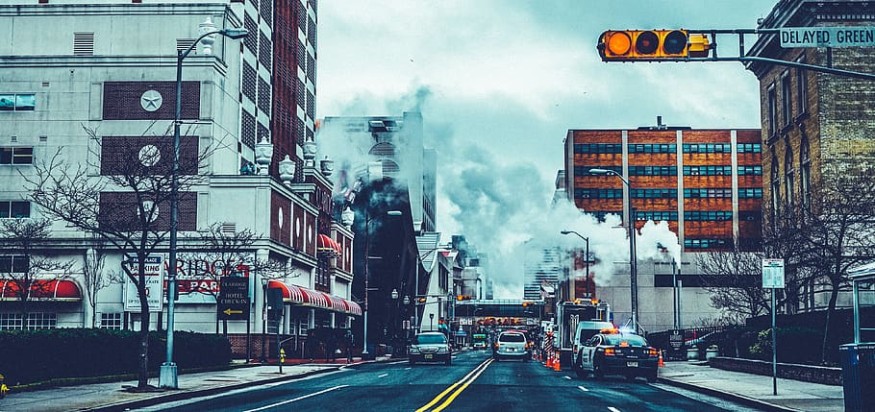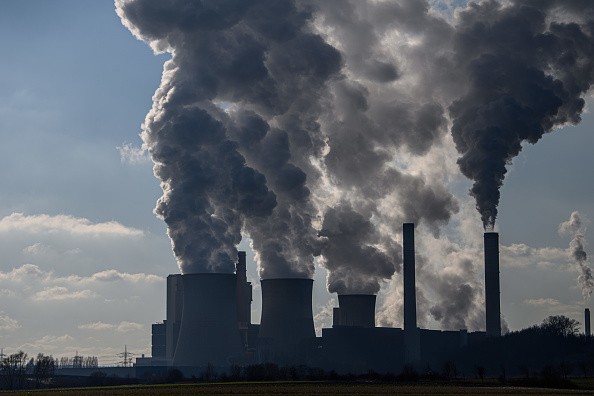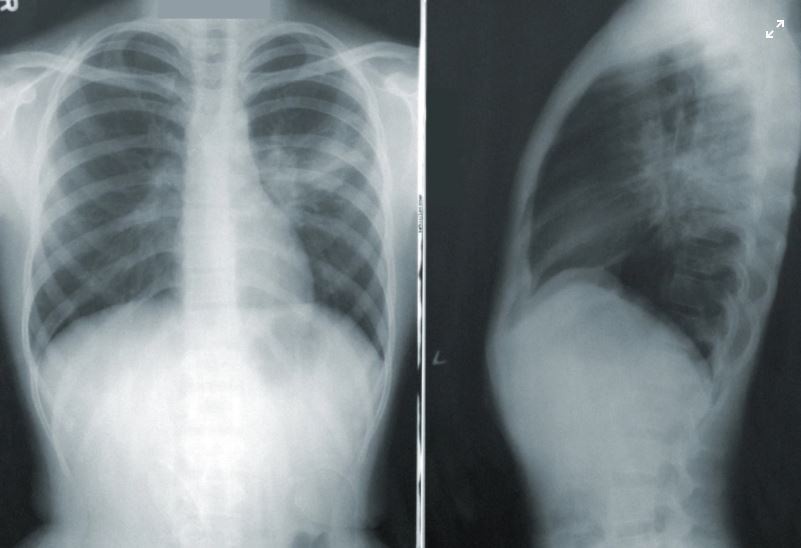
This month celebrates the 65th anniversary of the UK's Clean Air Act of 1956, which was enacted in response to the coal-smoke pollution that killed thousands of Londoners in 1952. So what went good, what went wrong, and what can we learn from it to assist with today's air pollution?
Taking Bold Measures

First, if measures to improve air quality are sufficiently bold, they can be effective. Take, for example, Beijing. Targeted measures decreased particle pollution by 35% in the four years following the Olympics, a significant reduction in air quality.
However, we tend to disregard this as something that our political institutions are incapable of achieving. It's possible.
Particle pollution in London fell by 67 percent in the ten years after the 1956 statute. The central London ultra-low emission zone reduced nitrogen dioxide from vehicles by more than 36% between 2017 and 2019.
Public Awareness

Second, successful measures need public awareness and political leadership in order to achieve results. The 1956 statute did not impose the types of restrictions on air quality that are currently being debated. Instead, it identified problem areas, enacted remedies, and funded them, including payments to homeowners to repair polluting boilers, fireplaces, and ovens.
The most rapid action took place in London, where recurring and apparent smogs killed thousands of people during the 1950s, as well as in places where bronchitis was the most prevalent. Outside of London, however, progress on smoke control was occasionally delayed.
It was impeded by a lack of political priority and funding in local governments and strong industry interests, and a lack of awareness of the problem's implications.
Updating Laws
Third, as our understanding grows, laws must be updated. While the 1956 Clean Air Act concentrated on coal smoke, and apparent gains were lauded, for the following 30 years, growing traffic exhaust was mostly neglected.
Wood-burning fireplaces and stoves, pollution from tires, brakes, and road wear, and ultra-fine particles from airports are all overlooked sources today.
Acknowledging the Source

Fourth, rather than focusing on one pollutant at a time, we must address air pollution from its source. Rather than reducing sulfur pollution sources, the 1956 act encouraged higher industry and power plant chimneys to disperse the pollution even further.
And it did spread.
Sulfur from coal and oil burning was increasingly falling like acid rain in northern Europe, notably in Scandinavia, destroying lake and river life and causing severe forest dieback in the 1970s and 1980s.
Today's public debate focuses on traffic pollution and the role of carbon dioxide in our climate emergency. Still, we must go farther and recognize our air as a valuable resource for living a healthy life rather than a trash disposal route.
Health Importance of Good Air Quality

Pollutants in the air must be reduced for the sake of human health and the ecosystem. When we breathe filthy air, contaminants enter our lungs and travel via our circulation to our internal organs, including the brain.
This can lead to serious health concerns, including asthma, cardiovascular disease, even cancer, and reduced life quality and years. According to new findings, every organ in the human body is damaged.
Children, individuals with chronic illnesses, and the elderly are among the most vulnerable groups to the harmful impacts of toxic air pollution.
For more Environmental News, Don't Forget to Follow Nature World News!
© 2025 NatureWorldNews.com All rights reserved. Do not reproduce without permission.





